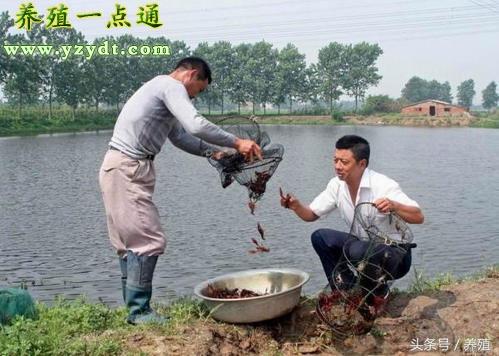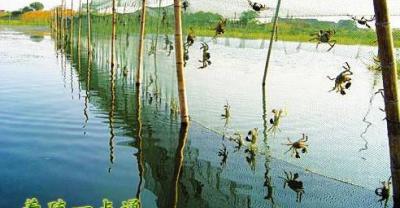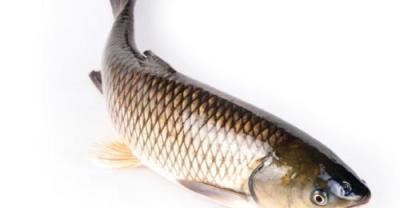Water quality Management Technology of Crayfish Culture Pond
Freshwater crayfish have strong adaptability to the environment and tolerance to hypoxia, and can even directly use oxygen in the air, but being in the environment of hypoxia, excessive fertilizer or deterioration of water quality for a long time will affect the molting rate of freshwater crayfish, thus affecting the growth. Therefore, water quality is an important factor that restricts the growth of freshwater crayfish and affects the yield of shrimp culture. Poor water quality can also promote the proliferation of parasites, bacteria and other pests, leading to the occurrence and spread of disease, when the water quality is serious, it will also cause crayfish death. When cultivating freshwater crayfish with high density in the pond, the transparency of the pond water should be controlled at about 40 cm, and the water transparency should be adjusted in time according to seasonal changes and water temperature and water quality, and water should be added, changed and fertilized in time to create a good water environment. Master the following principles in water quality management of freshwater crayfish culture:

Water quality of crayfish culture pond
1. The principle of "shallow spring and full summer"
The water level in spring is generally kept between 0.6 and 1m, and shallow water is beneficial to the growth of aquatic plants, snail breeding and molting growth of young shrimp. When the water temperature is high in summer, the water depth is controlled at 1-1.5 meters, which is beneficial for crayfish to get through the high temperature season.
2. The principle of "fat first, thin later"
Keeping the culture water "fat, alive, tender and cool", the early shrimp seedlings are young, and the fertilizer and water can cultivate plankton, which is beneficial to improve the survival rate of young shrimp; in the middle and later stage, the thin water quality can promote the rapid growth of crayfish and increase the yield. Generally, the transparency of the pool water is about 30 cm in the early stage and more than 40 cm in the later stage.
3. Improve the water quality of aquaculture
Spraying secondary lime water every half a month and using quicklime 10 kg per mu of water depth of 1 meter can increase the concentration of calcium ions in the water and promote the molting growth of freshwater crayfish by keeping the PH value between 7.5 and 8.5. Microbiological agents are applied regularly to improve the water quality and bottom quality of culture ponds.
For more information on aquaculture technology, business guide, aquaculture supply and demand, please see aquaculture Diantong, or follow the official Wechat account: aquaculture Diantong; Service number: aquaculture City.
- Prev

Crayfish farming is rapid, but we need to pay attention to these problems!
At present, crayfish culture is developing rapidly, the breeding area is expanding, and the breeding population is increasing day by day. In the process of breeding, there will be a lot of unexpected problems.
- Next

How much do you know about orchid culture substrate?
The selection of substrate is very important for the cultivation of orchids. Since most orchids are moist and wet, and require ventilation, the matrix should be able to absorb water.
Related
- On the eggshell is a badge full of pride. British Poultry Egg Market and Consumer observation
- British study: 72% of Britons are willing to buy native eggs raised by insects
- Guidelines for friendly egg production revised the increase of space in chicken sheds can not be forced to change feathers and lay eggs.
- Risk of delay in customs clearance Australia suspends lobster exports to China
- Pig semen-the Vector of virus Transmission (4)
- Pig semen-the Vector of virus Transmission (3)
- Five common causes of difficult control of classical swine fever in clinic and their countermeasures
- Foot-and-mouth disease is the most effective way to prevent it!
- PED is the number one killer of piglets and has to be guarded against in autumn and winter.
- What is "yellow fat pig"? Have you ever heard the pig collector talk about "yellow fat pig"?

